Modernizing elevators can improve building value and tenant satisfaction. Outdated technology can lead to higher maintenance costs and decreased performance.
What Is Elevator Modernization?
Elevator modernization updates elevators’ mechanical and control systems for improved functionality and safety. It includes upgrading components such as controller, cop, lop, traveling cable, door, motor, cabin, rope, etc.. to meet current fire and safety standards.
The objective is to extend the elevator’s life and improve its performance for building occupants. It is essential to hire a qualified professional for the modernization process. The scope and budget of the project will determine the extent of the upgrade required, which can range from minor adjustments to full-scale replacement. At Dazen elevators, we supply elevators and parts to companies that provide elevator modernization services.
Why Modernized Elevator?
Elevators are usually intended to last 20 to 30 years. However, their performance may deteriorate over time, or new technological advancements may become available. In light of this, elevator manufacturers often provide the option for elevator modernization.
Elevator modernization is a multi-step technique that entails updating individual elements of an elevator system to improve its effectiveness, visual appeal, configuration, engineering, and performance. This process can include updating key components such as the elevator’s control system, door operators, and lighting and modernizing the elevator’s aesthetic to match the building’s design.
Modernization can also include integrating new technologies, such as energy-efficient systems, to improve the elevator’s overall energy efficiency.
The modernization process benefits both the users and the building owners, as it helps reduce maintenance costs and prolong the life of the elevator system.
In addition, it also enhances the overall user experience by providing a more comfortable, efficient, and reliable ride.
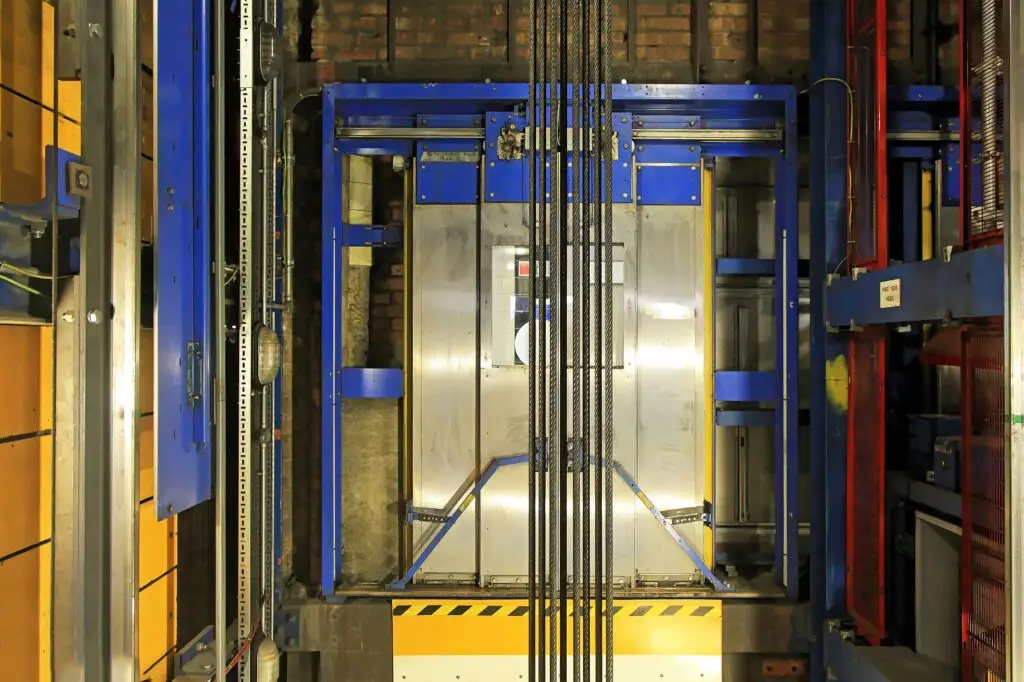
7 Benefits of Elevator Modernization
Enhanced Energy Savings
Modernizing an elevator system can significantly improve energy efficiency, leading to significant cost savings. By incorporating new technologies, energy consumption and heat generation are minimized. The machine room and hoist-way also require less energy to maintain a cool temperature. Upgrading to LED units and lighter fans decreases energy consumption and costs while reducing hazards during elevator operation.
Minimized Maintenance Expenses
Upgrading an elevator system reduces maintenance and repair expenses by replacing older components with newer, more efficient, cost-effective ones. Modernization also prolongs the system’s lifespan and reduces the need for frequent maintenance due to the availability and ease of repairing and replacing updated components.
Lower Electromagnetic Noises
Elevator modernization also aids in the decrease of electromagnetic noise, which can endanger wireless devices and networks, minimizing maintenance and repair and preventing further damage.
Enhanced Reliability
Increased levels of reliability are associated with advancements in elevator machinery and technology. Modernized elevators are less likely to malfunction than older models, resulting in fewer temporary breakdowns, floor stops, and random faults. Scaling this aspect in a high-time-sensitive zone where breakdowns could result in heavy losses, elevator reliability is critical to their ability to transport people across floors easily.
Strengthen Safety
Another primary goal of elevator modernization is to put the obsolete elevator system’s safety code into conformance with the administration’s most recent safety regulations. This conformity will help stop unfortunate elevator glitches, incidents, and high safety infringement disciplinary actions while reducing the likelihood of malfunctions caused by potential dangers.
The most recent technologies enhance door capabilities, car leveling, improved lighting, security systems, emergency power source, and other aspects to ensure that the elevator’s safety meets standards, giving users a sense of security.
Improved Comfort
Elevator modernization, which includes parts and new tech upgrades, contributes to a more pleasant and relaxing experience. Conventional or worn-out parts can cause unexpected screeches, jolting, loudness, in-coordination, and anything that isn’t a gentle user-friendly experience, deteriorating ride quality and making users unsafe.
Fresh Aesthetic Appeal
Even as vintage elevators are aesthetically attractive, there are many better matches for new buildings. People’s preferences and perspectives of machines have changed as time and technology have progressed, with some preferring to recognize only a specific appearance of elevators. Enhancing the appearance of an elevator system can make it look more attractive and complement the decor of a facility.
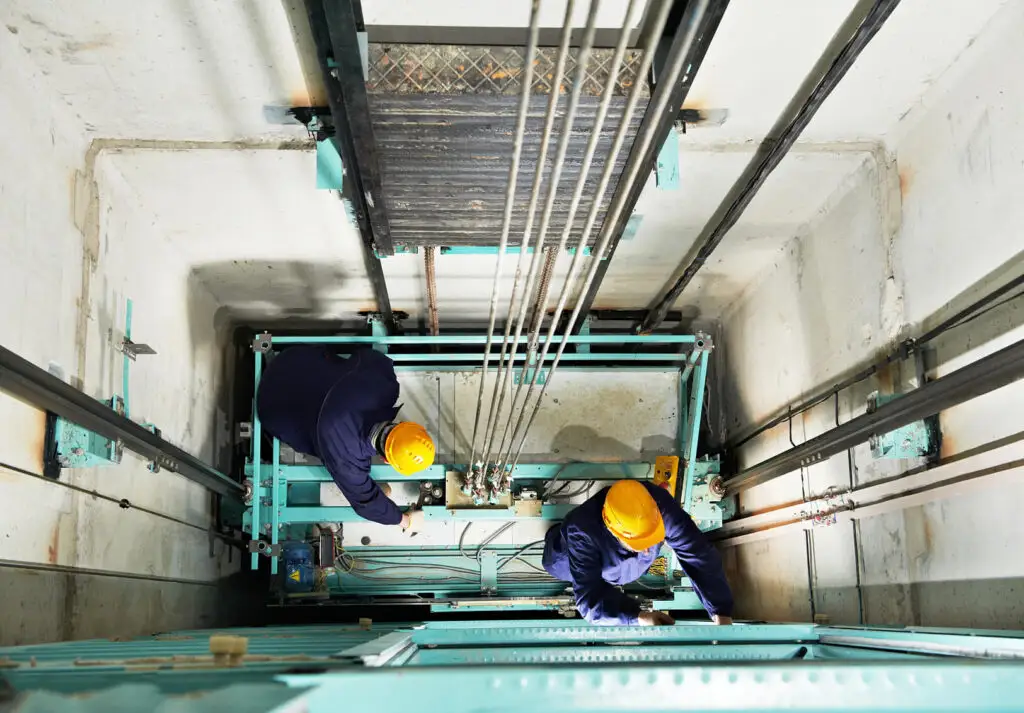
Types of Elevator Modernization
Electrical System Modernization
Electrical system elevator modernization refers to updating and upgrading an elevator’s electrical components and systems to improve its performance, safety, and reliability.
Modernization may include replacing outdated or malfunctioning electrical components, such as controllers, motors, and wiring, and incorporating new technologies, such as advanced sensors and monitoring systems.
Electrical system elevator modernization aims to ensure that the elevator operates optimally and is safe for passengers.

Control System Modernization
Control system modernization for elevators refers to updating and upgrading the control systems used to operate and manage elevators in a building or complex.
This process can include replacing outdated technology with newer, more advanced systems that offer improved performance, reliability, and safety features. It can also include integrating new technologies such as internet of things (IoT) devices and artificial intelligence (AI) algorithms to enhance monitoring and control capabilities.
Elevator modernization can also involve physical upgrades to the elevator equipment, such as replacing old mechanical components with new, more efficient ones.
Control system modernization and elevator modernization aim to improve the elevator systems’ overall performance, safety, and reliability while reducing maintenance costs and downtime.
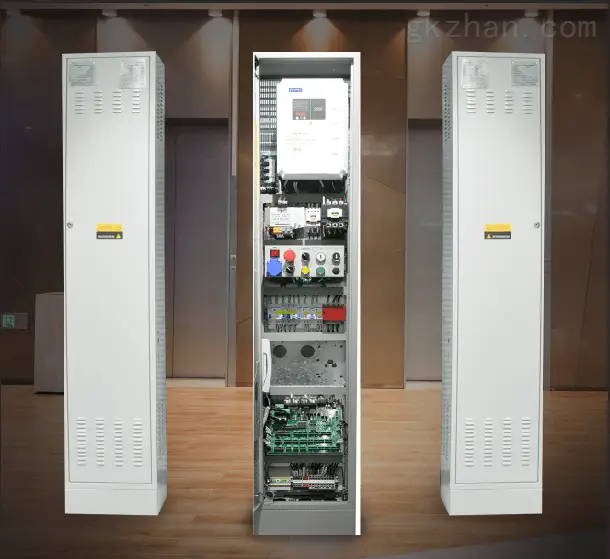
Door Modernization
Elevator door modernization refers to upgrading or replacing the existing elevator doors with newer, more advanced technology.
This process can include updating the door controls and mechanisms, adding new safety features, and incorporating new materials and design elements to improve the overall functionality and aesthetic of the elevator doors.
The goal of elevator door modernization is to improve the elevator system’s performance, safety, and reliability while enhancing the user experience.
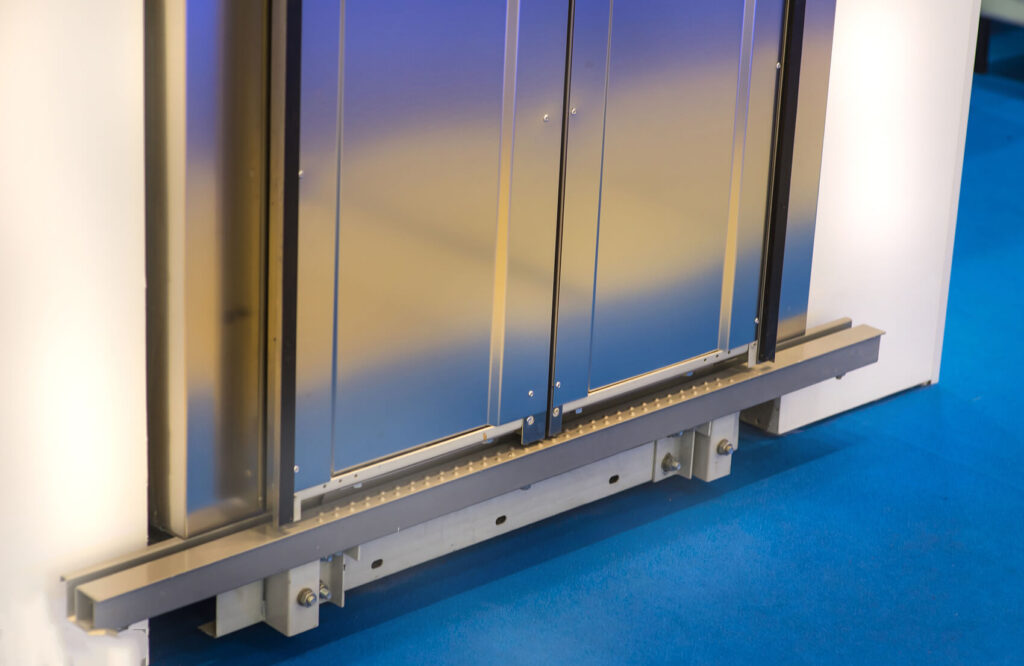
Door Operator Modernization
Elevator Door Operator Modernization refers to upgrading or replacing the mechanical components of an elevator door system with newer and more advanced technology.
This process can include updating the elevator door operator, the control system, and associated hardware and software. The goal of modernization is to improve the performance and reliability of the elevator door system, as well as to increase safety and accessibility for passengers.
Modernization can also include integrating new features such as energy-efficient motors, advanced sensors, and wireless communication systems.
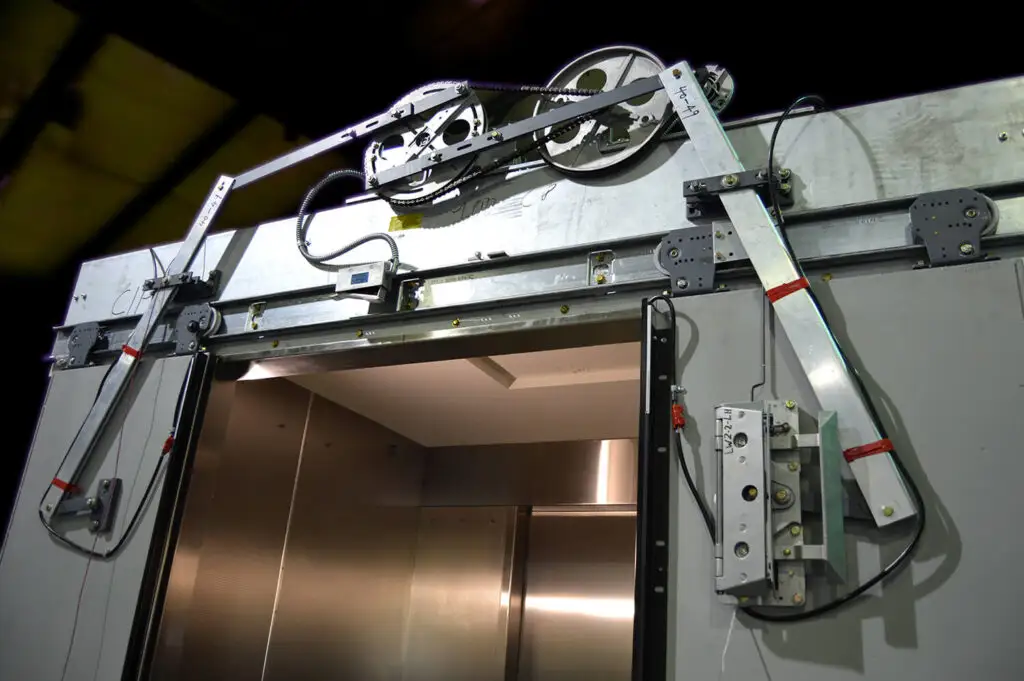
Safety Modernization
Elevator Safety Modernization refers to updating and upgrading elevators’ safety features and technology to ensure they meet current safety standards and regulations.
This process can include updating equipment such as emergency brakes, communication systems, and alarms and incorporating new technologies such as sensors and monitoring systems.
Elevator safety modernization aims to reduce the risk of accidents and improve the overall safety of elevators for passengers and maintenance personnel.
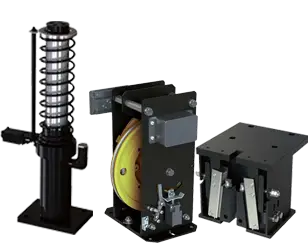
Factors That Affect The Elevator Modernization Cost
Several factors can affect the cost of elevator modernization, including:
Type of Elevator: The cost of modernizing an elevator will vary depending on your elevator type, such as hydraulic or traction.
Condition of The Elevator: If the elevator is in poor condition, the cost of modernizing it will be higher than if it is in good condition.
Components to Be Replaced: The cost of modernizing an elevator will also depend on the components that need to be replaced or upgraded, such as the controller, motor, or doors.
Additional Features: If you want to add new features to your elevator, such as destination dispatch, this will also increase the cost of modernization.
Building Requirements: Local building codes, fire codes, and accessibility codes may require specific updates to be made, which can increase the cost of modernization.
Labor: The cost of labor for the modernization will also be a factor, including the cost of the elevator technician, project manager, and any additional workers needed.
Logistic: For example, if your building is a high-rise, getting the equipment and workers to the elevator may be more complex and costly.
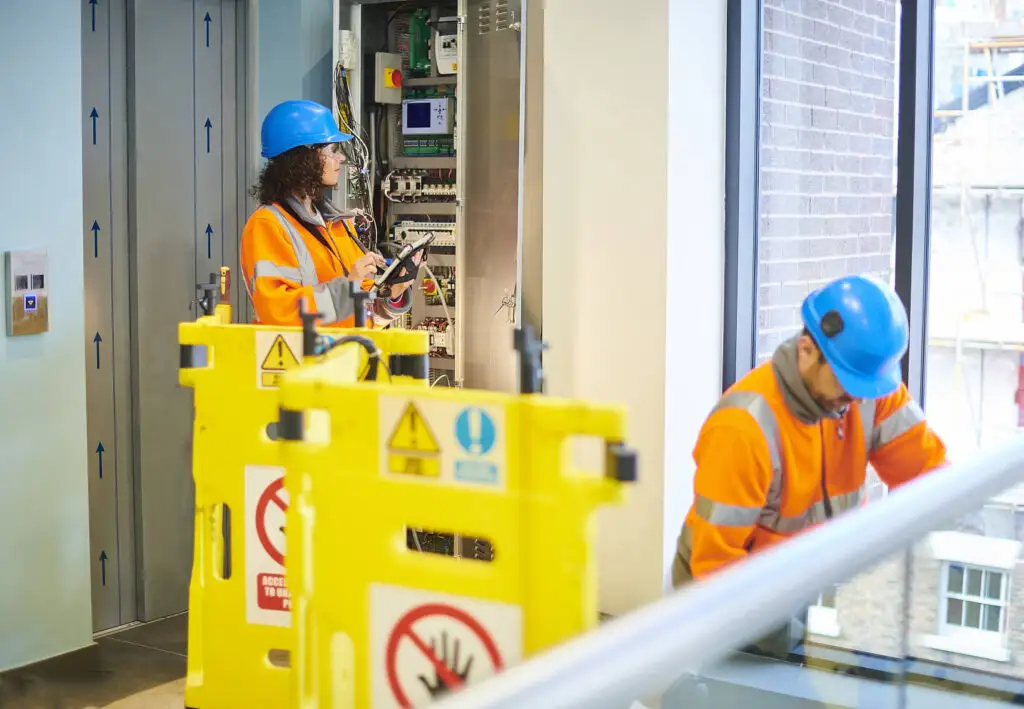
Potential Cost Savings
Elevator modernization can lead to significant cost savings in several areas, including energy consumption, maintenance, and downtime.
Energy Consumption: Modernizing elevators with energy-efficient technology, such as variable frequency drives, can significantly reduce the energy consumption of the elevators, leading to lower energy bills.
Maintenance: Modernizing elevators with advanced monitoring systems and predictive maintenance tools can help identify potential problems before they occur, reducing the need for costly repairs and downtime.
Downtime: Modernizing elevators with improved safety features and faster speeds can reduce downtime caused by repairs or maintenance, allowing for increased productivity and revenue.
Labor Costs: Modernizing an elevator can also save labor costs by reducing the need for maintenance and repair personnel.
Increase Property Value: Elevator modernization can improve the overall appearance of the building and increase the property value, making it more attractive to potential buyers or tenants.

Elevator Modernization Process
The process of elevator modernization involves several steps, including a site survey, needs assessment, conceptual design, detailed design, procurement, construction, commissioning, and maintenance.
The installation process includes an initial assessment, planning and design, obtaining permits, disassembly and removal of existing equipment, installation of new equipment, testing and commissioning, final inspection and approval, and maintenance.
The commissioning process involves a pre-commissioning inspection, functional testing, performance testing, safety testing, final inspection, and handover. Regular maintenance is required to ensure the longevity and safety of the elevator.
Considerations During The Elevator Modernization Process
When modernizing an elevator, there are several important considerations and tasks to remember:
Compliance With Codes and Regulations: Make sure the modernization work complies with all local and national codes and regulations, including the Americans with Disabilities Act (ADA).
Building and Elevator Use: Consider the current and future use of the building and the elevator system and plan the modernization accordingly.
Safety: During modernization, prioritize safety by installing safety features such as warning lights and alarms.
Accessibility: Ensure all users, including those with disabilities, can use the elevator.
Energy Efficiency: Upgrade the elevator system to be more energy efficient, which can help reduce operating costs.
Maintenance and Support: Plan ongoing maintenance and support for the modernized elevator system, including regular inspections and testing.
Cost: Establish a budget for the modernization work and stay within it.
Time: Establish a reasonable timeline for the modernization project and adhere to it as strictly as possible.
Communication: Maintain good communication with all stakeholders, including building owners, tenants, and elevator maintenance and repair personnel, to ensure a smooth modernization process.
Professional Help: Hire a professional elevator service provider with experience in elevator modernization who can guide you through the process and ensure the work is done correctly.
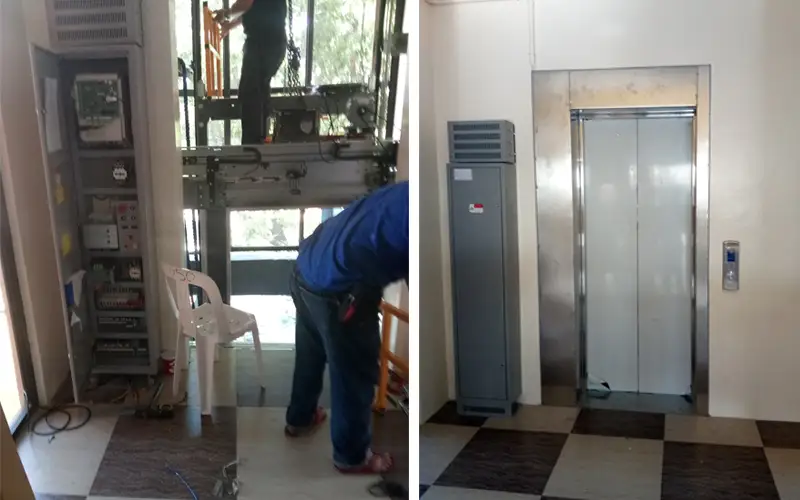
Conclusion
Upgrading to smart elevator systems, like the Dazen elevator, offers improved ride comfort and adaptability for future building needs, making journeys safe and convenient. These solutions are suitable for low-rise, mid-rise, and high-rise buildings.
At Dazen Elevator, we have Experience and capabilities in modernizing elevators for notable brands both well-known and non-known brands, also offer a wide range of services such as:
- Upgrading elevator control systems to improve performance and reliability.
- Adding new features such as destination dispatch and energy management systems.
- Replacing elevator components such as doors, motors, and gearless machines.
- Integrating elevators with building management systems for improved monitoring and control.
- Providing maintenance and repair services to ensure elevators continue to operate safely and efficiently.
- Offering modernization planning and consulting services to help building owners and managers determine the most cost-effective and appropriate upgrades for their elevators.
Contact us to modernize your elevator project.
